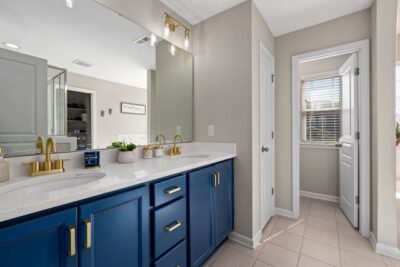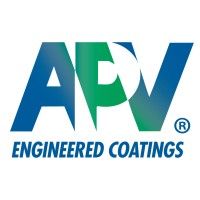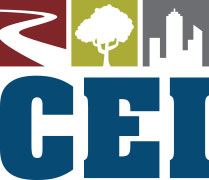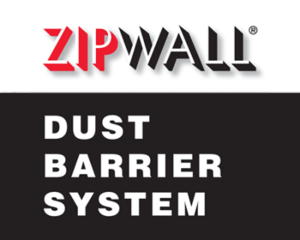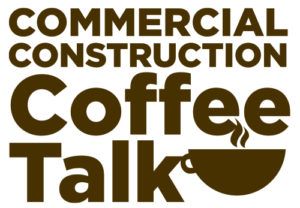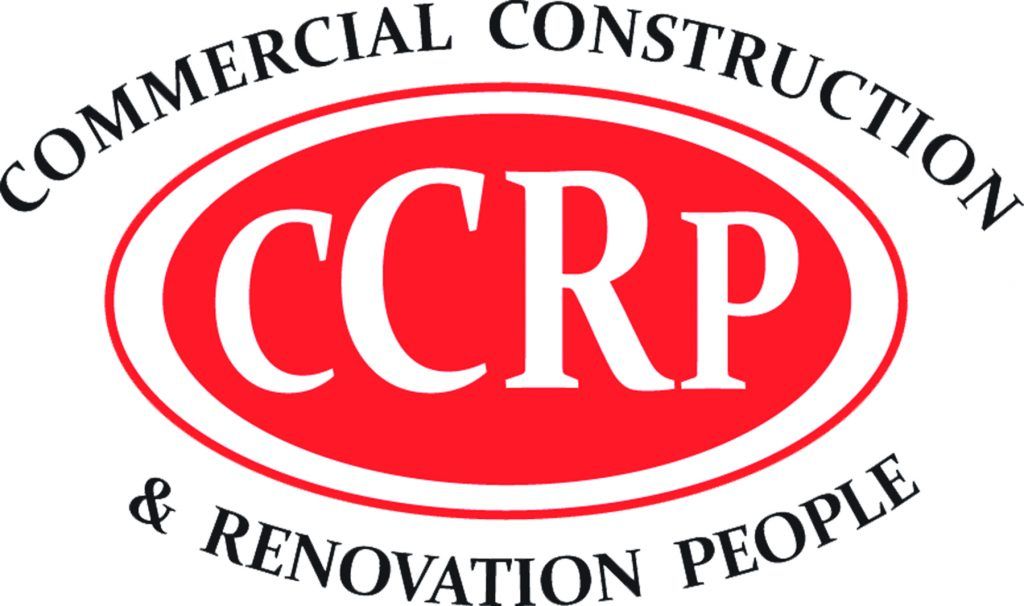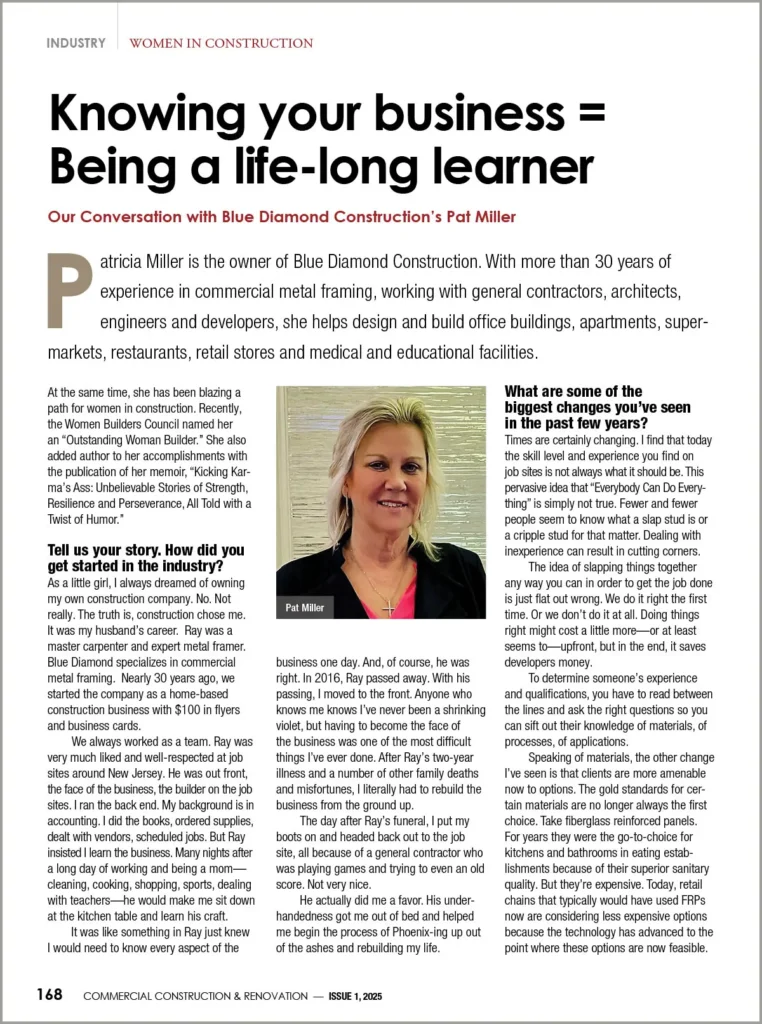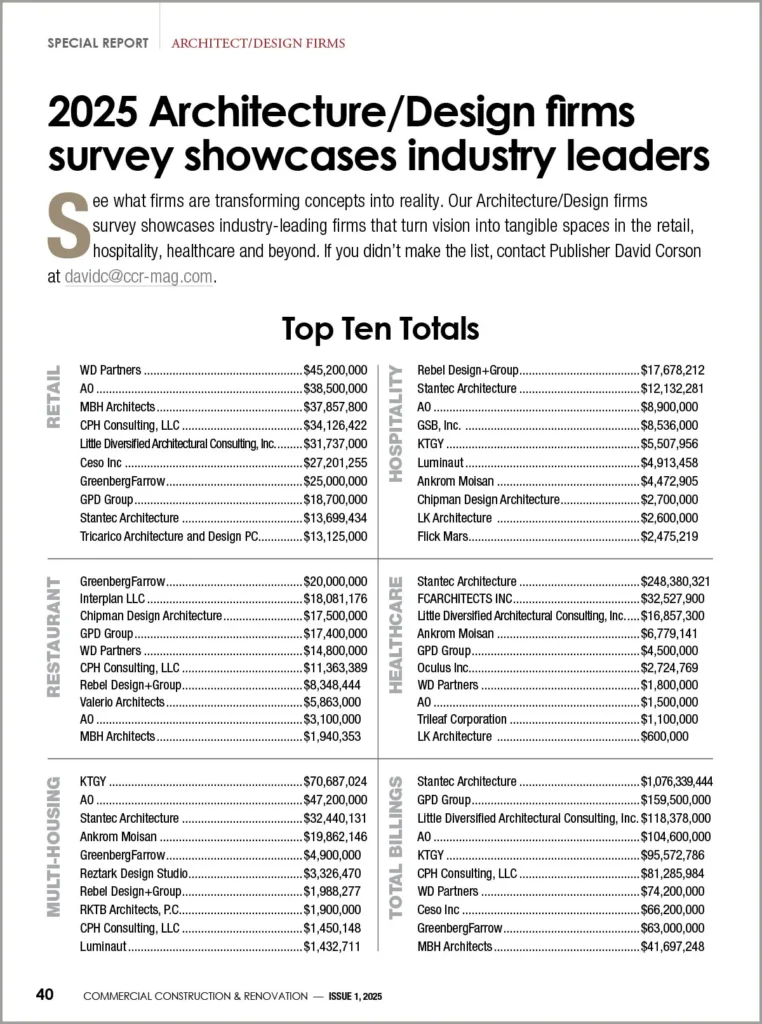Plumbing is one of the most critical aspects of any home renovation, yet it’s often overlooked during the excitement of redesigning spaces. Whether you’re upgrading a bathroom, kitchen, or laundry, a well-executed plumbing system ensures functionality, efficiency, and long-term reliability. Failing to address plumbing needs properly during a renovation can lead to costly errors and frustrating delays that disrupt your plans.
Understanding common plumbing mistakes and how to avoid them is key to a smooth renovation process. From proper planning to choosing the right materials, this guide will help you sidestep pitfalls and ensure your project stays on track and within budget.
Mismanagement of Water Pressure
Water pressure is a critical factor in any plumbing system, yet it is often mismanaged during renovations. Failing to regulate water pressure can put excessive strain on pipes, joints, and fixtures, which is how a burst pipe happens. Homeowners may also experience issues with inconsistent water flow, which can affect the performance of taps, showers, and appliances. Ignoring water pressure considerations can result in costly repairs and an inefficient plumbing system.
Installing Pressure Regulators
A simple yet effective solution is to install pressure regulators to maintain safe and consistent water pressure throughout your home. These devices ensure water pressure remains within an optimal range, protecting your plumbing system and extending the lifespan of your fixtures. Regular checks and adjustments by a licensed professional can also prevent problems before they arise, ensuring your newly renovated space functions smoothly and efficiently over the long term.
Poor Planning of the Plumbing Layout
A well-thought-out plumbing layout is essential for a successful renovation, yet poor planning is a common mistake that can cause significant setbacks. One frequent error is failing to align new plumbing fixtures with the existing infrastructure, such as water supply and drainage systems. This oversight often leads to costly adjustments, delays, or even the need to undo completed work to accommodate necessary changes.
Proper planning involves considering the placement of all fixtures, pipes, and connections early in the renovation process. Accurate measurements are crucial to avoid placement errors that could compromise the functionality and aesthetics of your space.
The Role of Accurate Measurements
Taking precise measurements ensures that plumbing fixtures fit seamlessly into their designated spaces. It also helps to prevent clashes with other elements of the renovation, such as cabinetry or electrical work. Prioritising a detailed layout from the beginning can save both time and money in the long run.
Ignoring Local Plumbing Codes and Regulations
One of the most overlooked aspects of a renovation is ensuring compliance with local plumbing codes and regulations. In Australia, these codes are designed to guarantee safety, efficiency, and environmental sustainability. Ignoring them can result in hefty fines, delays in completing your renovation, and potential safety risks, such as leaks or water contamination.
Working with a licensed plumber is essential to ensure your renovation adheres to these standards. They understand the legal requirements and can help you avoid costly mistakes. Compliance not only ensures a smoother renovation process but also protects your investment by meeting insurance and warranty conditions.
Choosing the Wrong Materials
Selecting the right materials for your plumbing system is crucial to ensure long-term durability and functionality. One common mistake is opting for low-quality pipes and fittings to save costs. While these might seem budget-friendly initially, they can lead to leaks, corrosion, and early failure, resulting in higher repair expenses down the track. Additionally, using incompatible materials, such as mixing galvanised steel with copper pipes, can cause accelerated corrosion and reduce the system’s efficiency.
The Value of Investing in Durable Materials
Investing in high-quality, durable materials may require a larger upfront cost, but it pays off in the long term. For instance, modern materials like PEX piping are resistant to corrosion and easier to install, making them ideal for hot water systems and general plumbing. Durable fixtures and fittings also enhance the overall reliability of your system, ensuring your renovation stands the test of time and avoiding the headache of frequent repairs.
Skimping on Drainage Planning
Proper drainage planning is often overlooked during renovations but neglecting it can result in serious issues down the line. A common mistake is failing to account for adequate drainage in sinks, showers, and toilets, which can lead to slow water flow or frequent blockages. Poorly planned drainage systems also risk unpleasant odours, water pooling, and even structural damage if leaks go unnoticed. Ensuring your drainage is designed to handle the water load of your updated fixtures is essential for a functional and hassle-free renovation.
Importance of Vent Pipes
Vent pipes are a critical component of any drainage system, yet they are often overlooked. These pipes allow air to circulate, preventing pressure build-up and maintaining efficient water flow. Without proper venting, water can drain slowly, and unpleasant odours can enter your living spaces. Ensuring your drainage system includes correctly placed vent pipes will improve its efficiency and reduce the likelihood of future problems.
Overlooking Future Maintenance Access
During a renovation, it’s easy to focus on aesthetics and forget about the practicality of maintenance access. A common mistake is sealing off essential plumbing components, such as shut-off valves, cleanouts, and pipe connections, behind walls or under floors without proper access panels. This oversight can make future repairs or routine maintenance far more complicated, time-consuming, and expensive.
Planning for accessible maintenance points ensures that plumbers can easily address any issues that arise without the need for major structural disruptions. Installing discreet access panels or leaving strategic openings can make a significant difference. By considering maintenance access during the renovation process, you’re not only reducing future hassle but also protecting the long-term efficiency and functionality of your plumbing system.
Ignoring Ventilation for Wet Areas
Proper ventilation is crucial in wet areas such as bathrooms and kitchens, yet it is often overlooked during renovations. Without adequate airflow, moisture can accumulate, leading to dampness, mould growth, and even structural damage over time. Poorly ventilated spaces can also become unpleasant to use, with persistent humidity and musty odours detracting from the comfort of your home.
Incorporating effective ventilation solutions, such as exhaust fans and window placements, can significantly reduce these risks. It’s important to choose ventilation options that match the size and usage of the area. For example, a powerful exhaust fan in a bathroom ensures steam and moisture are quickly removed. Prioritising ventilation during the renovation process protects your home’s structural integrity and promotes a healthier living environment.
Not Upgrading Old Plumbing Systems
One of the most significant missed opportunities during a renovation is failing to upgrade old plumbing systems. While retaining existing pipes and fixtures might seem cost-effective, it can lead to long-term problems. Outdated systems are more prone to leaks, corrosion, and inefficiency, which may require costly repairs or replacements shortly after the renovation. Older systems may also fail to meet modern plumbing standards, potentially impacting the value of your home.
Upgrading Pipes and Fixtures
Renovations are the ideal time to replace old pipes with modern, durable materials such as PEX or copper, which offer improved performance and longevity. Upgrading fixtures, such as taps and showerheads, to water-efficient models, can also reduce water bills and environmental impact. Taking these steps during the renovation process ensures your plumbing system is future-proof, more reliable, and better aligned with contemporary standards, saving you money and hassle in the long run.
Skipping Water Efficiency Considerations
Water efficiency is often overlooked during renovations, yet it plays a significant role in reducing utility bills and conserving resources. Installing outdated or inefficient fixtures, such as taps, toilets, or showerheads, can result in unnecessary water waste. This not only increases household expenses but also contributes to environmental strain, particularly in drought-prone areas of Australia.
Choosing Water Efficiency Labelling and Standards (WELS)-rated fixtures is an effective way to ensure your home uses water responsibly. These fixtures are designed to maintain performance while minimising water consumption. For example, dual-flush toilets and low-flow showerheads can significantly cut water usage without compromising functionality. Prioritising water efficiency during your renovation supports sustainable living and delivers long-term savings on your water bills.
Keep Your Home Plumbing Mistake-Free When You Renovate!
Renovating your home is an exciting opportunity to enhance both its functionality and aesthetics, but avoiding common plumbing mistakes is crucial to ensure success. Poor planning, neglecting codes, and choosing the wrong materials can lead to costly setbacks, while considerations like proper drainage, water pressure, and ventilation are essential for a reliable and efficient system.
By addressing these potential pitfalls and prioritising upgrades to old systems, you can future-proof your plumbing and reduce maintenance issues. Thoughtful decisions during the renovation process will save you time, money, and stress, ensuring your home remains comfortable, functional, and efficient for years to come.




